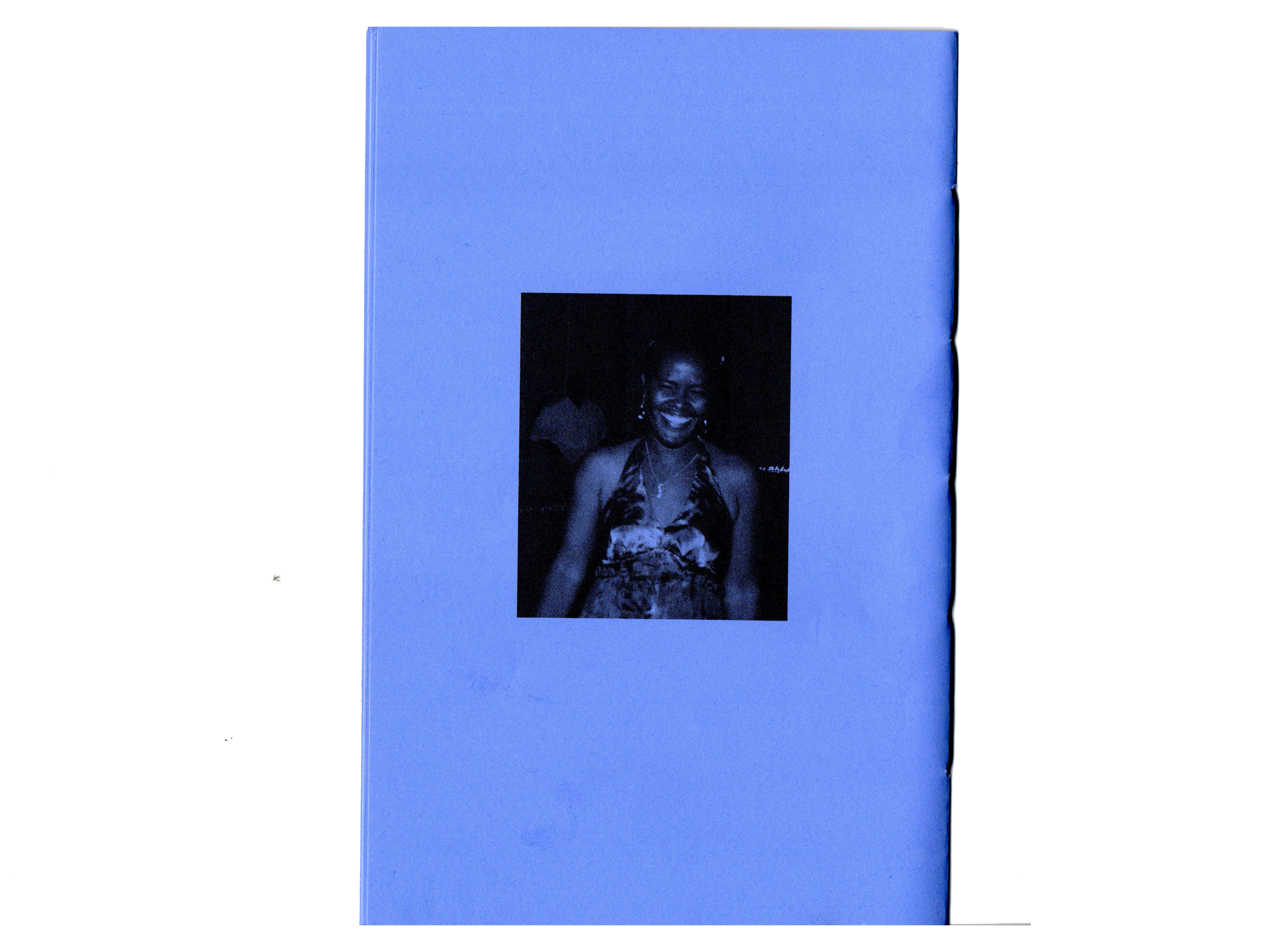
hello! I’m a visual and spatial designer.










What is the architecture of Black, liberated futures?
Zine, saddle stitch bound
Inspired by the Black Reconstruction Collective’s lectures in winter of 2020 where they posed and responded to the following questions: What is the architecture of reparations? What does it mean to imagine Black reconstruction today? What is the architecture of Black futures?
Zine, saddle stitch bound
Inspired by the Black Reconstruction Collective’s lectures in winter of 2020 where they posed and responded to the following questions: What is the architecture of reparations? What does it mean to imagine Black reconstruction today? What is the architecture of Black futures?